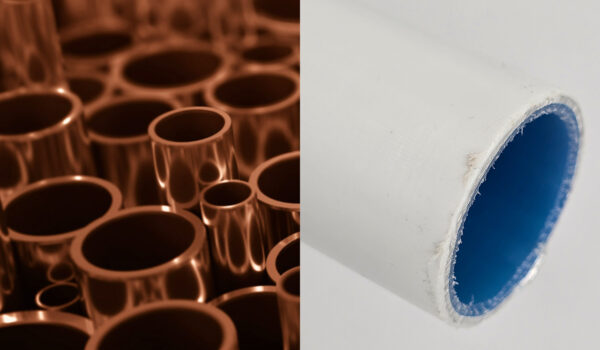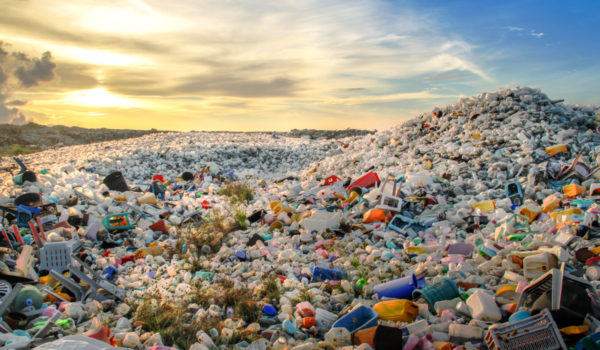Cost is king, or at least for a long time it used to be, with the age-old debate of metal vs. plastic a continuous topic in the construction industry.
Developers are keen to save costs and push profits wherever possible and are turning to plastic to make this happen, due to the cheap cost of the material.
However, by pushing cost-saving further up the agenda, sustainability has in many places fallen down the list of priorities.
In a time where sustainability and building for the future are increasingly becoming a priority, ensuring long-term value for people and the planet has never been more important.
Plastic might be good for saving costs, but it definitely isn’t any good for saving the planet. So, how can we balance both?
What is value engineering?
In order for developers to balance performance and profitability when it comes to building materials, the value engineering methodology is used.
The term ‘value engineering’ refers to the process of reducing the cost of producing a product without reducing its quality or how effective it is.
Value engineering has been used in the construction industry for decades, with the methodology being first introduced by General Electric Co. during World War II.
As a result of the war, there were shortages of skilled labour, raw materials and parts, so the company were forced to look for substitutes to ensure production could continue.
In doing so, the engineers discovered they could actually save on costs whilst creating an even better end product.
By paying greater attention and consideration to the materials they used, they ended up creating products that were higher performing.
Since then, value engineering has developed into a systematic approach which helps manufacturers and construction companies reduce production costs worldwide.

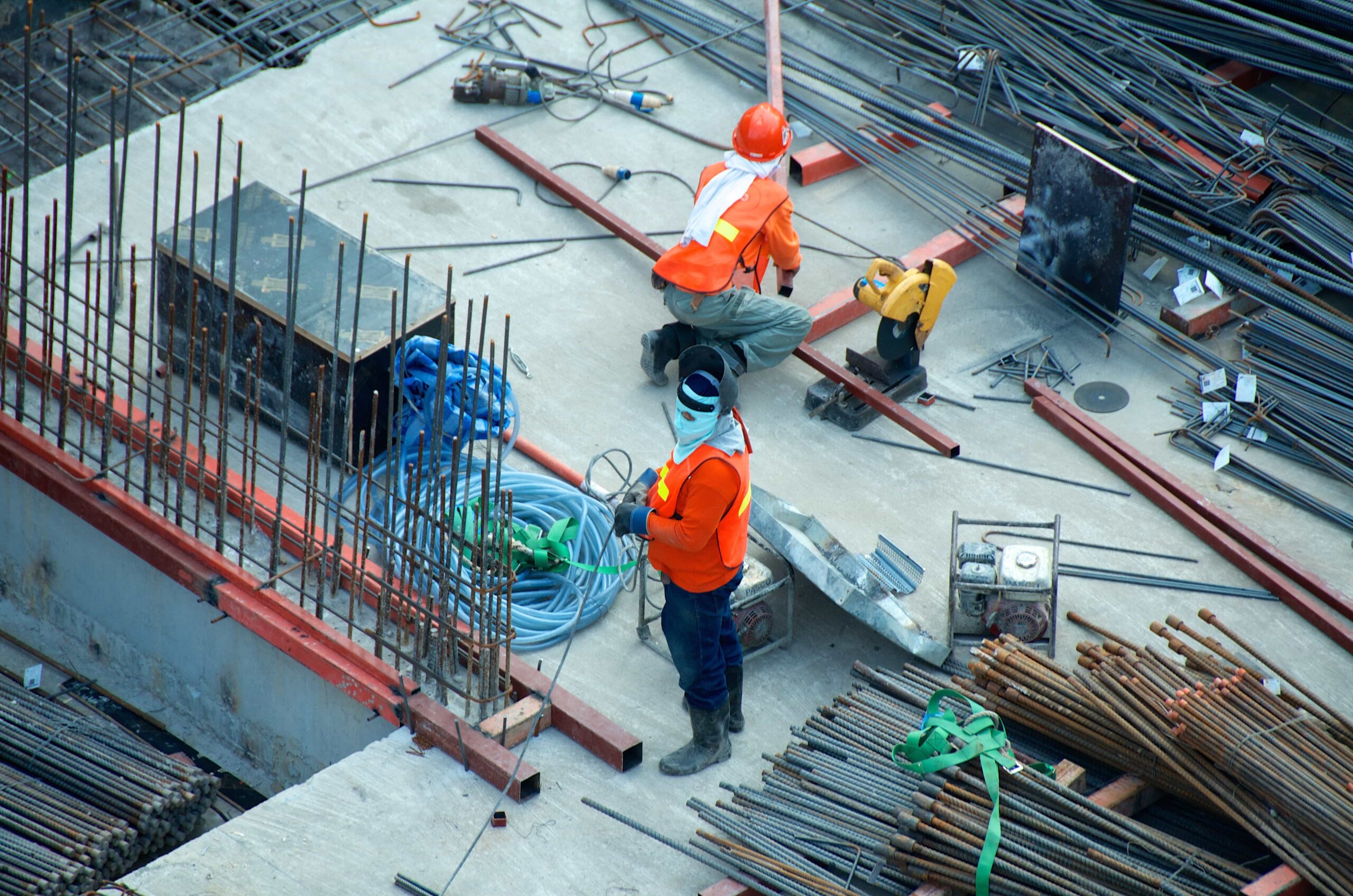
Considering the long term
While turning to plastic pipes for plumbing systems will save money in the short term, metal pipes, such as copper, can actually be more cost-effective in the long term.
It’s a well-known fact that copper is a more expensive material than plastic, but it is much more durable as well, meaning copper pipes won’t need replacing as frequently as plastic pipes.
With copper being as durable as it is, a copper plumbing system should easily outlast the lifetime of a building, meaning the initial cost of installing the system is well worth the investment in the long term.
And it’s not just the construction industry that can save money in the long-term from copper systems – the insurance industry and consumers can also benefit.
Recent research by the Alliance for Sustainable Building Products (ASBP) revealed that plastic push-fit pipework is one of the biggest causes of water leak insurance claims, which cost UK insurers £2.5 million a day.
And with homeowners and business owners having to pay out in insurance premiums for water leaks of this kind, they can also benefit from installing copper systems rather than plastic systems.
Prioritising price and planet
By choosing a copper plumbing system, not only can you prioritise long-term maintenance costs, but you can also prioritise the planet.
Copper is a significantly more sustainable material than plastic – it is a 100% infinitely recyclable material and its properties and quality do not deteriorate during the recycling process.
In many cases, copper from old and redundant pipework can be recovered, melted and cast into new products with the same level of quality and technical properties, being as resilient as virgin material.
What’s more, in comparison to mining the raw material, recycling copper uses 85% less energy and, in Europe, around 50% of copper demand is met by recycling, as well as 30% of demand globally.
This demonstrates how copper plays a crucial part in the circular economy, proven even further by the fact that 65% of all copper that has ever been mined is still in circulation, ready to use.
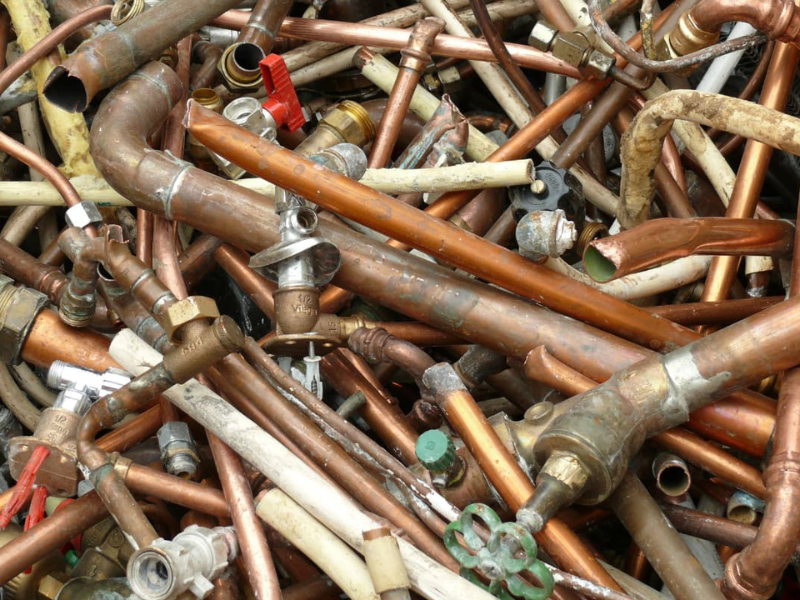
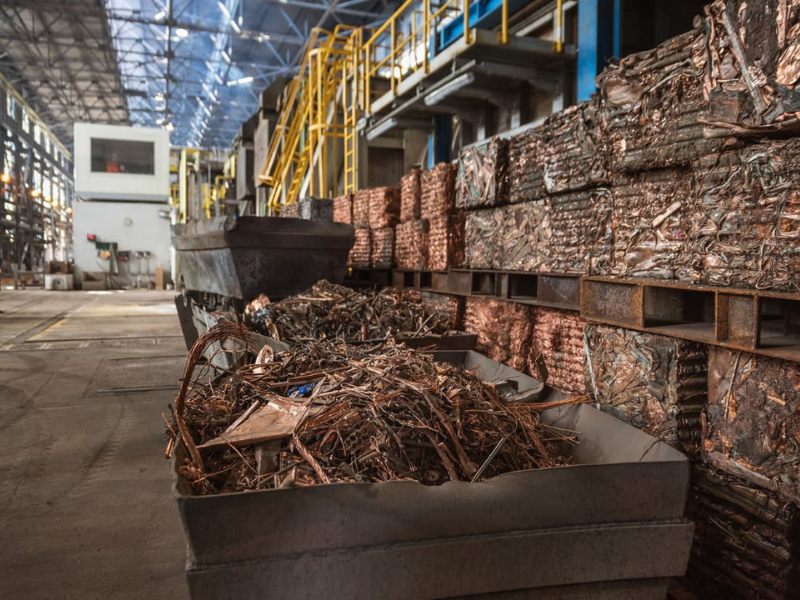
Unfortunately, the same cannot be said for plastic pipes, and throughout the years, we have seen new ‘innovative’ products brought to market that simply did not need to be invented.
One example of this is multi-layer composite pipe, which is virtually impossible to recycle and contains materials like polyethylene, which has been found in the human bloodstream.
What is the need for a material that poses risks to both the environment and our health, when copper is readily available?
We would encourage anyone using the value engineering method to save costs on their construction project, to consider the bigger picture.
Although opting for plastic systems will save money in the construction phase, choosing copper will likely save money throughout the lifetime of the building – all while helping to improve its sustainability and safety.
These are just a few of the reasons why plumbers, homeowners and construction companies continue to favour copper in the debate between copper vs plastic pipes.
Want to learn more about the benefits of copper and its role in shaping a more sustainable future? Check out our other news items or subscribe to our newsletter below.
